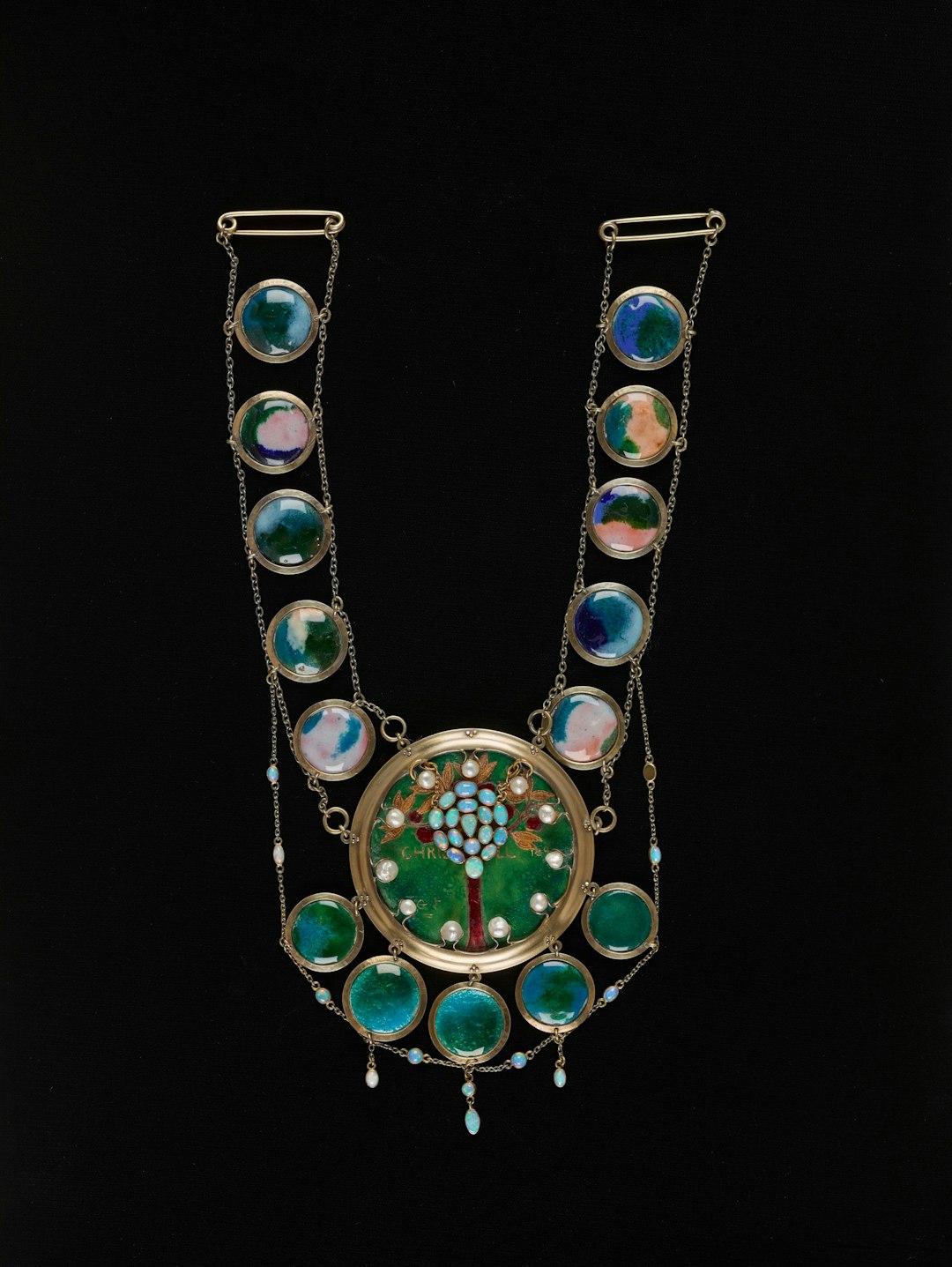The art of storytelling has been a fundamental part of human culture since time immemorial. From ancient cave paintings to epic poems, humans have always found ways to express themselves through narratives. One of the most captivating forms of storytelling is through dance, particularly in the realm of ballet. With its graceful movements and expressive gestures, ballet has the unique ability to convey emotions, ideas, and stories without the need for words. Let’s take a closer look at the art of storytelling through dance, focusing on the enchanting world of ballet.
Ballet, which originated in the Italian Renaissance courts of the 15th century before flourishing in France during the reign of Louis XIV, has long been synonymous with elegance and beauty. However, behind the spectacle of graceful leaps and fluid movements lies a deeper purpose – storytelling. Ballet is a language in itself, where every gesture, every move, tells a story.
In traditional ballet productions, such as Tchaikovsky’s “Swan Lake” or Prokofiev’s “Romeo and Juliet,” dancers convey the narrative through a combination of movement, facial expressions, and costuming. The dancers become the characters in the story, allowing the audience to immerse themselves in the tale being told. Through their skillful execution of choreography, dancers evoke a range of emotions, from love and passion to despair and tragedy.
The key to effective storytelling in ballet lies in the dancers’ ability to connect with the audience on an emotional level. They must not only execute their movements flawlessly but also express the emotions and motivations of their characters through their bodies. This requires not only technical proficiency but also a deep understanding of the story being told.
To enhance the storytelling element of ballet, choreographers often incorporate symbolism and metaphor into their compositions. A simple turn or a lift can represent a pivotal moment in the story, while a delicate arm movement can convey a character’s vulnerability or strength. These subtle gestures create layers of meaning, adding depth and nuance to the narrative.
Moreover, ballet music plays a crucial role in setting the mood and enhancing the storytelling experience. Composers like Tchaikovsky and Stravinsky have created mesmerizing scores that not only accompany but also shape the movements of the dancers. The synergy between the music and choreography highlights the emotional peaks and valleys of the story, evoking a powerful response from the audience.
In recent years, ballet has evolved to embrace more contemporary forms of storytelling. Choreographers have started exploring themes that reflect the complexities of modern society, pushing the boundaries of traditional ballet. This innovation has birthed a new breed of ballet, often referred to as “neo-classical ballet,” which combines classical techniques with a more contemporary dance vocabulary. This fusion allows choreographers to tell stories that are relevant and relatable to today’s audience while still preserving the essence of ballet.
In conclusion, ballet is a magnificent art form that has the power to tell stories unlike any other medium. Its ability to convey emotions and ideas through movement and music is captivating to audiences around the world. From the classic tales of love and tragedy to the more experimental and innovative works, ballet continues to evolve, pushing the boundaries of storytelling through dance. So, the next time you watch a ballet performance, take a closer look at the subtle movements and nuances, for behind them lies a world of stories waiting to be discovered.

